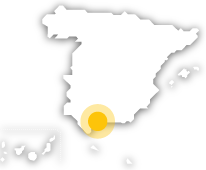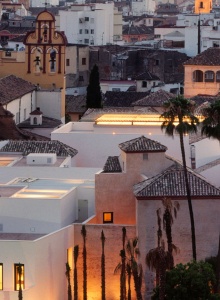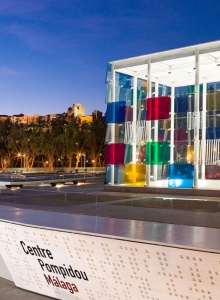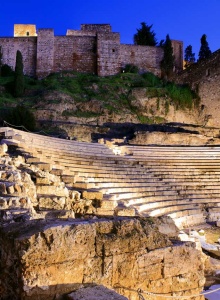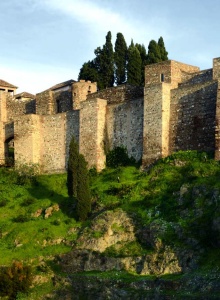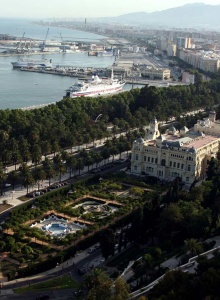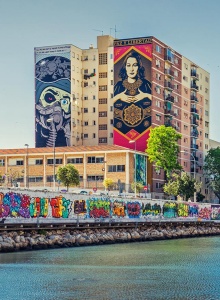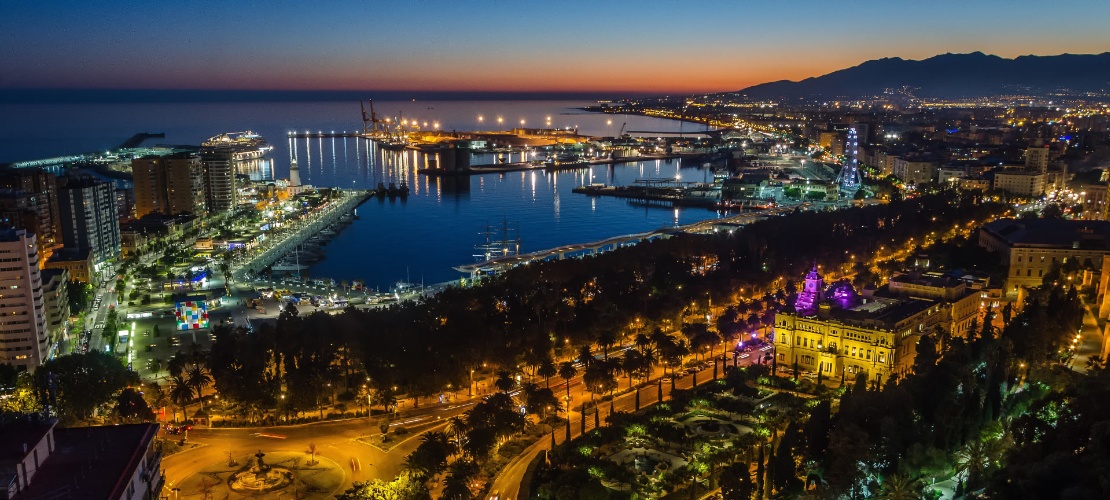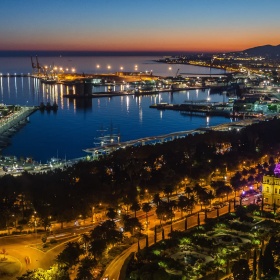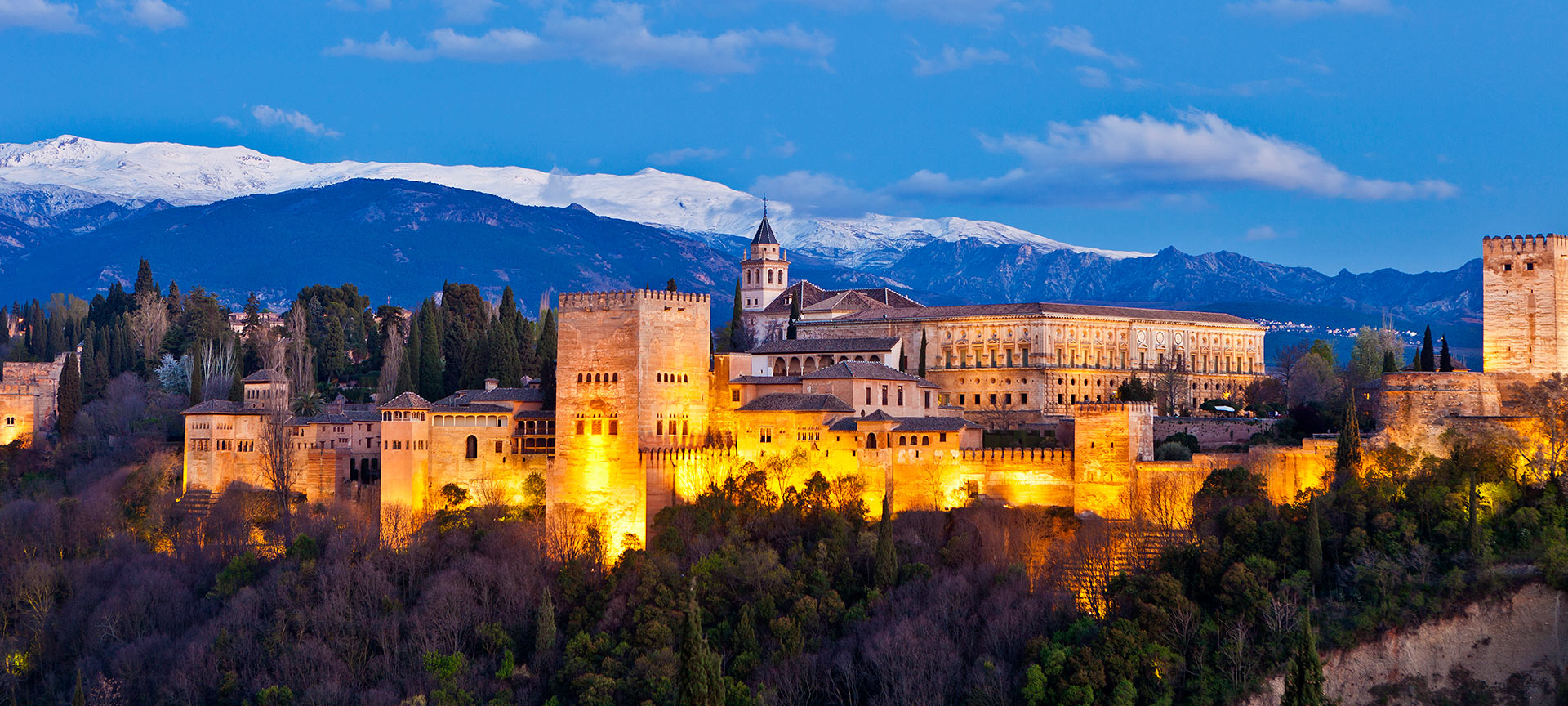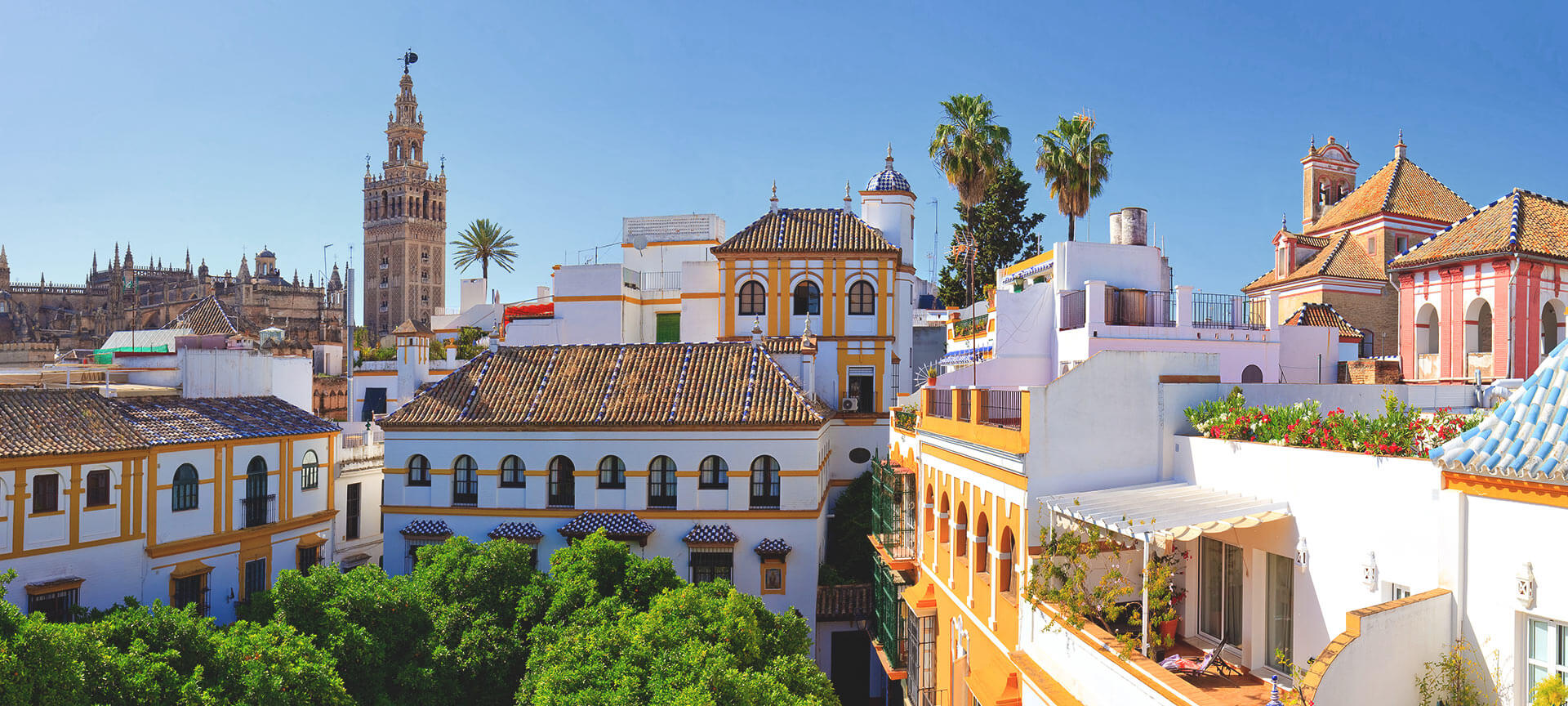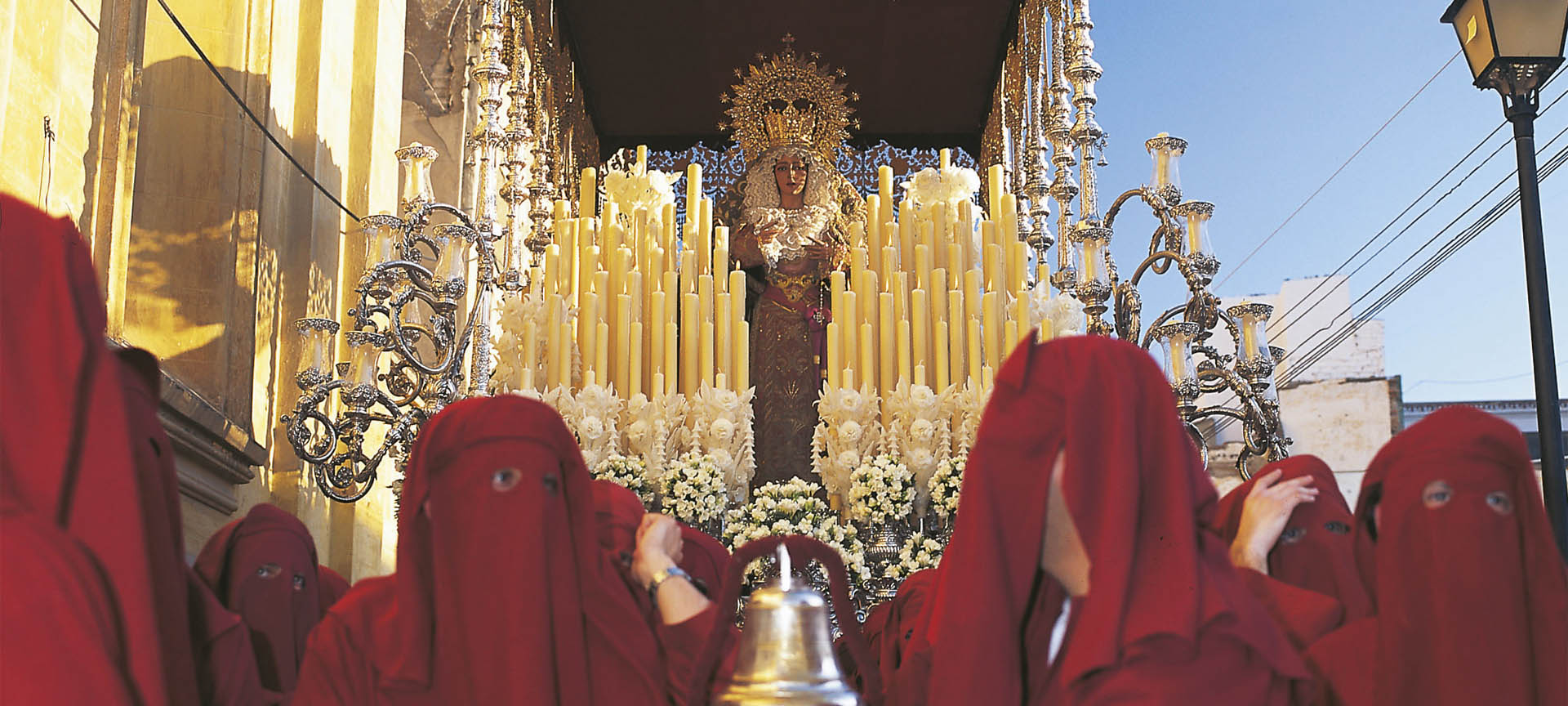
Beyond its 16 sunny beaches, this Andalusian city on the shores of the Mediterranean has a fascinating cultural side. And the birthplace of Pablo Picasso has reinvented itself in recent year, inaugurating museums for all tastes.
If we take the combination of culture and the sea and add a lively atmosphere, numerous tapas served in bars, cutting-edge neighbourhoods like Soho, areas like the port that have transformed and become more modern and monuments with centuries of history, the result is a city full of passion that anyone would want to explore. Because if everyone says that Malaga is prettier than ever then it must be true.
What to visit
Select from the list or hover over the map to find out about points of interest.
Activa JS
Other ideas for your trip
How to get there - transport information
Select the means of transport to see how to get there or how to get around at your destination.
How to get to aeroplane
-
Málaga-Costa del Sol Airport is located 8 kilometres from the city.
-
The “Express Aeropuerto” city bus line connects to the centre of Malaga in a journey time of approximately 15 minutes. Operating approximately from 06:30 (first departure from the city) or 07:00 (first departure from the airport) until a little over 01:00.
-
A commuter train takes you to Torremolinos or Malaga in under 15 minutes, and to the Malaga-María Zambrano station. It also connects to other places on the Costa del Sol, such as Fuengirola and Benalmádena.
How to get to train
-
The María Zambrano station connects to Madrid via the AVE high-speed train network and the journey takes less than three hours. Other AVE lines run to Cordoba, Zaragoza and Barcelona.
-
In the city centre, just 2 kilometres from the port and 7 from the airport.
-
You can easily leave the station by public transport: It is a stop for several urban bus lines (1, 3, 10, 16, 19, 24, 27 and C2) and the night line N1.
How to get to boat
-
The port is very close to the centre of the city.
-
One of the main cruise ports on the Peninsula. The cruise terminal is about 3 kilometres from the port entrance, and when cruise ships are in harbour there are regular bus services.
-
You can easily leave the port by public transport: There are nearby stops for several bus lines and those for the C-1 and C-2 train lines.
How to get to bus
-
The bus and coach station is next to María Zambrano railway station, in central Malaga.
-
The airport bus, “A Express Aeropuerto” line, takes about 15 minutes to reach the airport.
How to get there by road
-
Access from the north is via the A-45 motorway or the AP-46 highway.
-
The A-7 Mediterranean motorway runs along the province’s coastline.
Practical information
-
Most tourist points of interest are concentrated within the city centre, which makes it easy to explore them on foot.
-
The Málaga Pass card can be for 24, 48 or 72 hour, or a week. It gives free entrance to many museums and monuments, and offers discounts at other establishments.
How to get around in metro/tram
-
There are two Metro lines linking the centre to the university area and the western part of the city.
-
It operates between 6:30 a.m. and 11:00 p.m., except for Fridays, Saturdays and the eve of public holidays, when it runs until 1:30 a.m. On Saturday, Sunday and public holidays, services start at 7 a.m.
How to get around in bus
-
The regular service covers every neighbourhood in the city and usually runs from 06:20 to 00:00.
-
There are four night metro lines which operate regular services between around 00:00 and 06:00. More information
-
The tourist bus allows you to visit all the monuments in Malaga. You can hop on and off as many times as you like. More Information
How to get around in other means of transport
-
Taxi: easily identifiable white vehicles with a blue stripe. A green light on the roof shows they are available.
-
Horse-drawn carriage: routes of around 45 minutes taking in the main sights.
-
There are original and eco-friendly ways of travelling around Malaga, for example, on electric vehicles, bicycle or hopping on the Panoramic train of the Port of Malaga.
Shows, festivals, sports...
View some of the most relevant events you will be able to enjoy at the destination.
